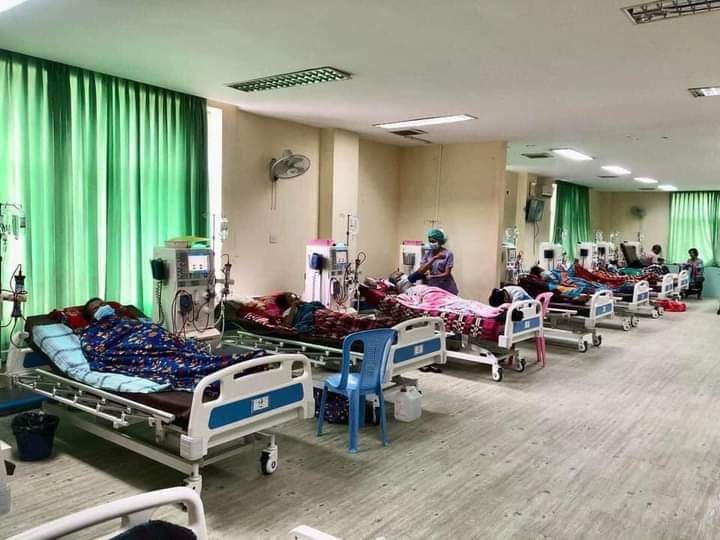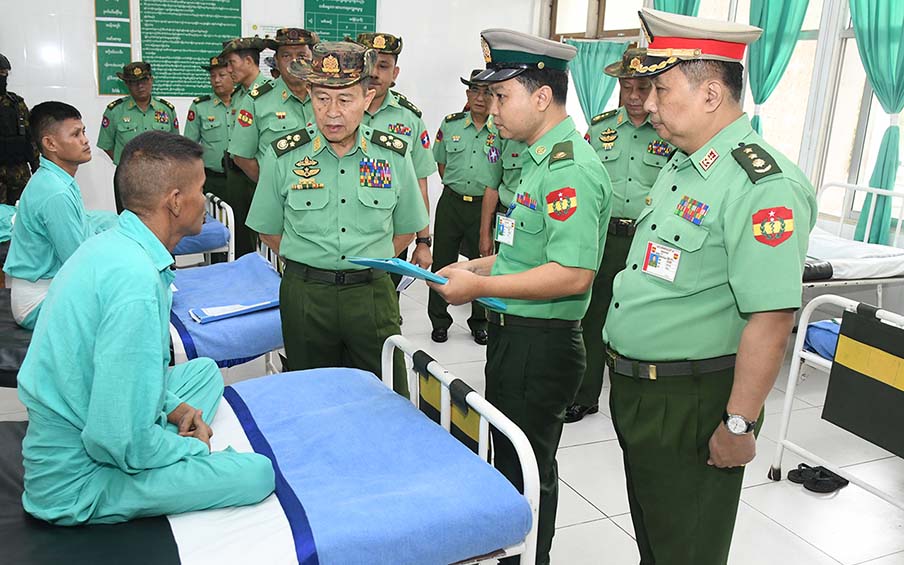The world’s poorest countries bear the brunt of climate change’s wrath. They are shouldering the mortality burden to climate change-induced catastrophes such as storms, flooding, and heatwaves.
Almost half a million people have been killed in natural disasters linked to extreme weather events in the last 20 years.
In 2020 – one of the three hottest years on record – the global average temperature was about 1.2 degrees Celsius above pre-industrial times, according to the World Meteorological Organization.
An analysis of more than 11,000 extreme weather events showed nearly 480,000 fatalities since 2000, with Puerto Rico, Myanmar, and Haiti the worst-hit countries.
Our country is also experiencing major disruptions from more intense droughts, fires, heatwaves, floods, destructive tropical cyclones and other extreme events.
The situation has underlined the capacity building needs of our meteorological and hydrological system through enhancing our operational staff’s understanding of severe weather and impact- based forecasting and warning services.
Our country is also experiencing major disruptions from more intense droughts, fires, heatwaves, floods, destructive tropical cyclones and other extreme events.
This must include instruction on communicating warning services to the key stakeholders and users, including disaster risk managers, media, and the general public.
The Disaster Risk Reduction sector has sought to shift disaster-prone countries’ focus from response preparedness, where actions plans are simply put in place to deal with the aftermath of disasters, to disaster risk reduction, where a greater level of resilience is built into communities to make them more able to endure disasters.
Weather disasters are being affected by climate change that is caused by humans. Extreme weather conditions and changing patterns of precipitation can lead to a decrease in crop productivity.
The devastation can be worsened if we fail to invest in building resilience, despite the evidence of runaway climate change.
Now, we’re in a pattern of increasingly frequent and severe weather. A once-in-a-century event seemingly occurs every year. The extreme is the new norm.
These situations stressed the need to develop ecosystem management practices and establish institutional capacities for vulnerability assessment at the national level.
The improvement of the effectiveness of emergency preparedness, response and recovery efforts is key to reducing the impact of shocks on vulnerable people and their livelihoods, and reducing the humanitarian burden.














